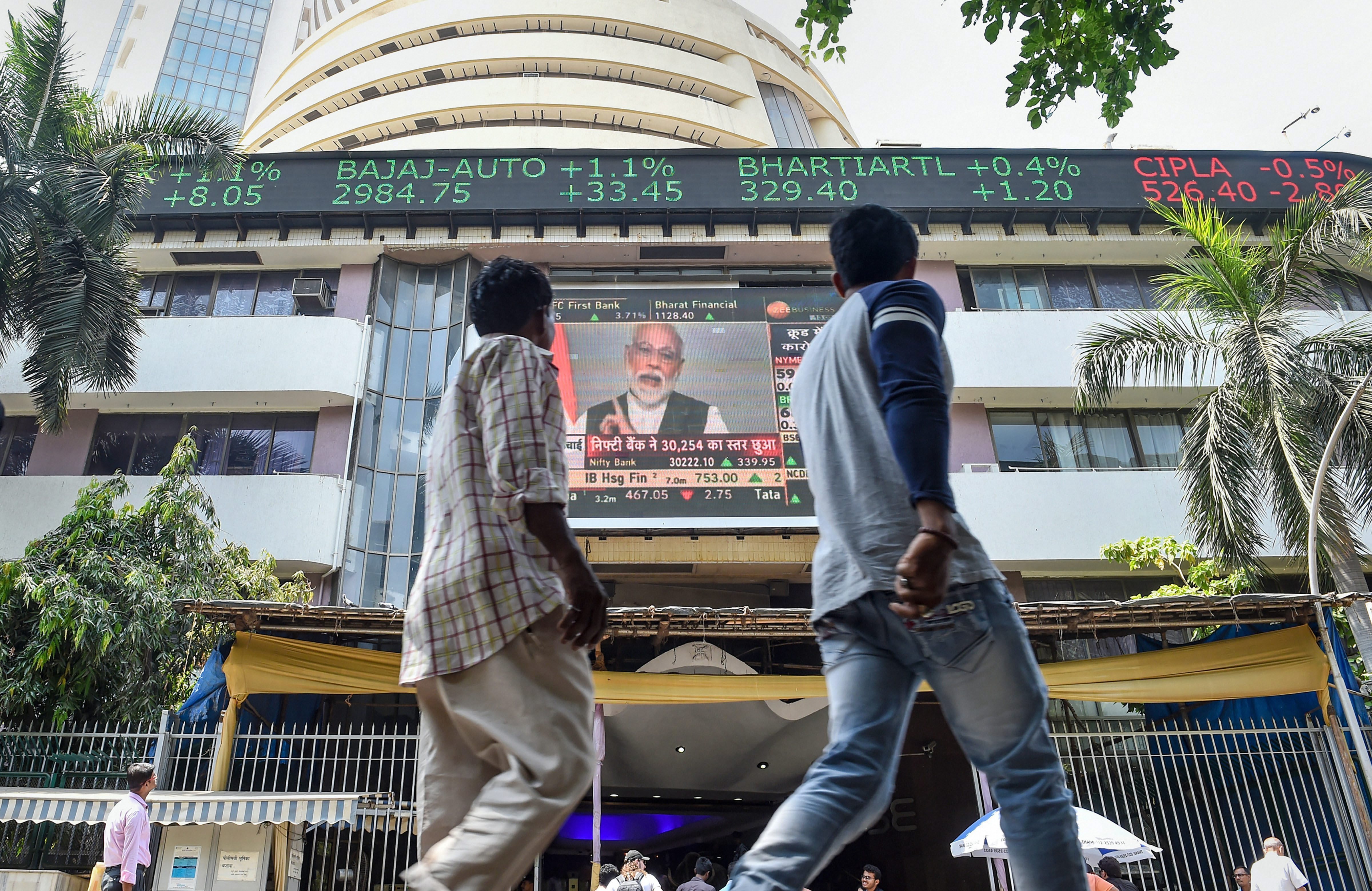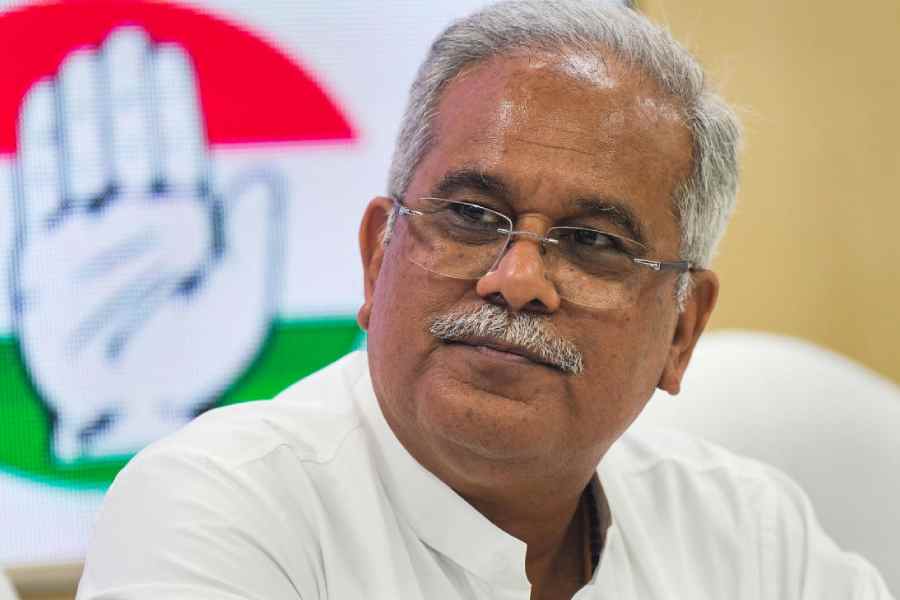Financial assets markets, especially equity markets, are supposed to reflect the pulse of the economy. It is not always related to the actual health of the economy in terms of jobs and outputs, but its ups and downs are used as indicators of the strength of the economy by most investors. Hence, variations in share price indices can influence perceptions about the economy and the formation of expectations about the future. Business confidence is correlated with equity market performance, and in turn, business confidence guides the flow of investments in physical capital formation in the form of structures and equipments. Very short-term variations, for instance over a week or so, are not always reliable, but trends over a longer period of time, like five years, could be a good guide to important features of the economy, especially the private corporate sector’s state of health. Hence, it may be interesting to compare the performance of the equity markets during the United Progressive Alliance era of 2004-2014 and the National Democratic Alliance during 2014-19. In the past five years of NDA rule, the indices delivered an annualized return of 9.2 per cent which is below the 10-14 per cent return considered to be the average long-term annualized return on equities. During the first UPA rule (2004-2009) the average annualized return was 22.6 per cent and during the UPA’s second term (2009-2014) the average annualized return was 12.4 per cent. In this sense, the performance of the NDA government would be considered below par. Not only that, this performance is well below that of Brazil’s (12.7 per cent) and China’s (12.2 per cent) for the same period.
During this period all emerging markets suffered from an outflow of foreign financial investments owing to changes in the interest rate policy of the Federal Reserve in the United States of America. This would have had similar effects in other emerging markets too. However, in India there were a number of big-ticket changes like demonetization, the clumsy introduction of the goods and services tax and the insolvency and bankruptcy code by the NDA government. There is hardly any doubt about the disruptions these policies caused in the economy. The NDA government, independent of whether it returns to power or not, will have to bear the responsibility of adversely changing investors’ perceptions about the Indian economy. This responsibility is over and above the painful fallout of demonetization and GST.












